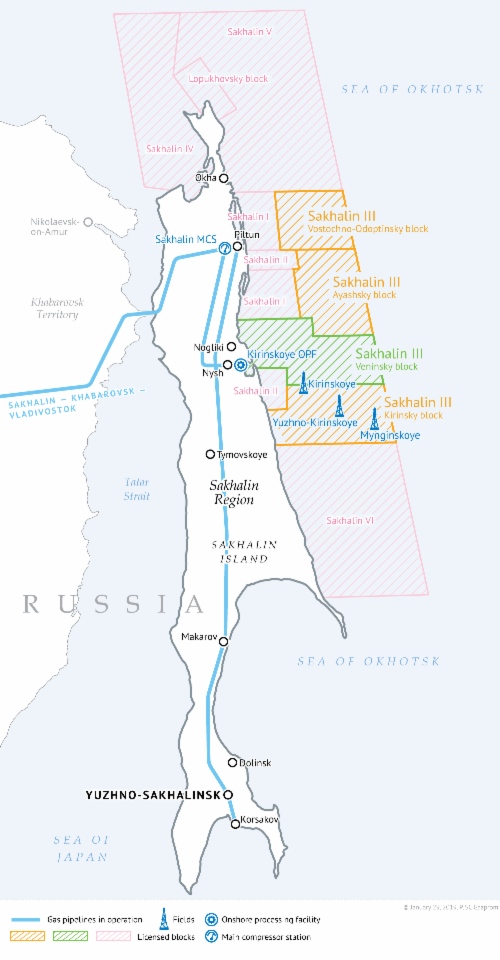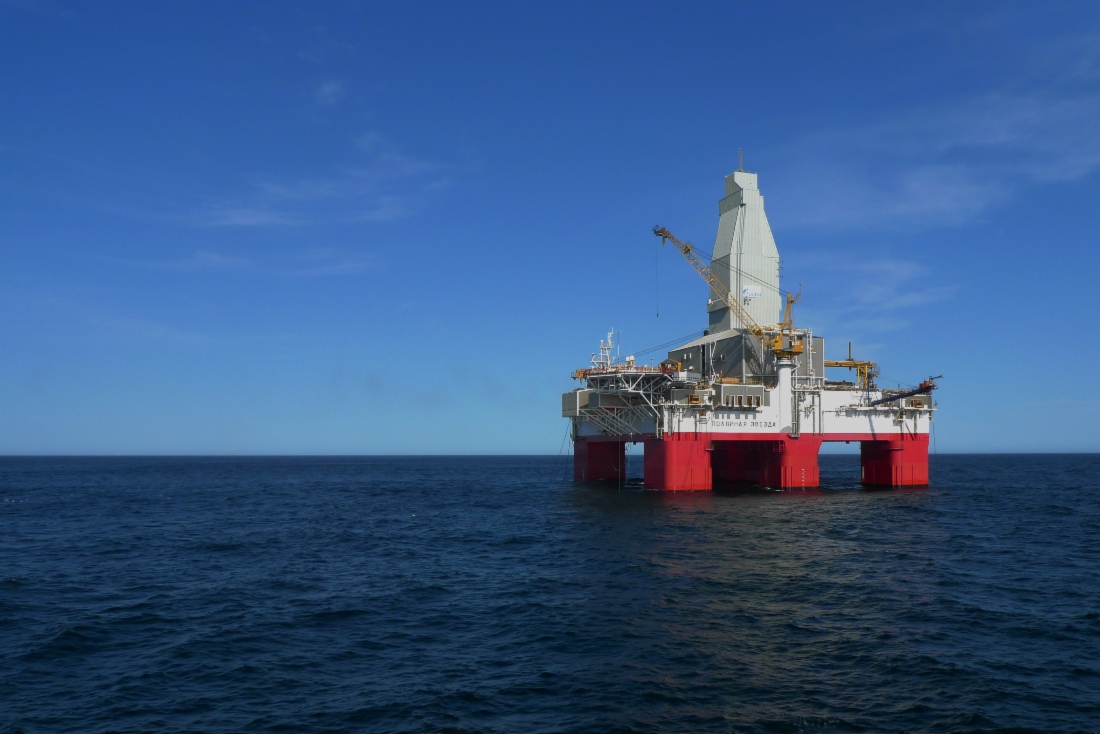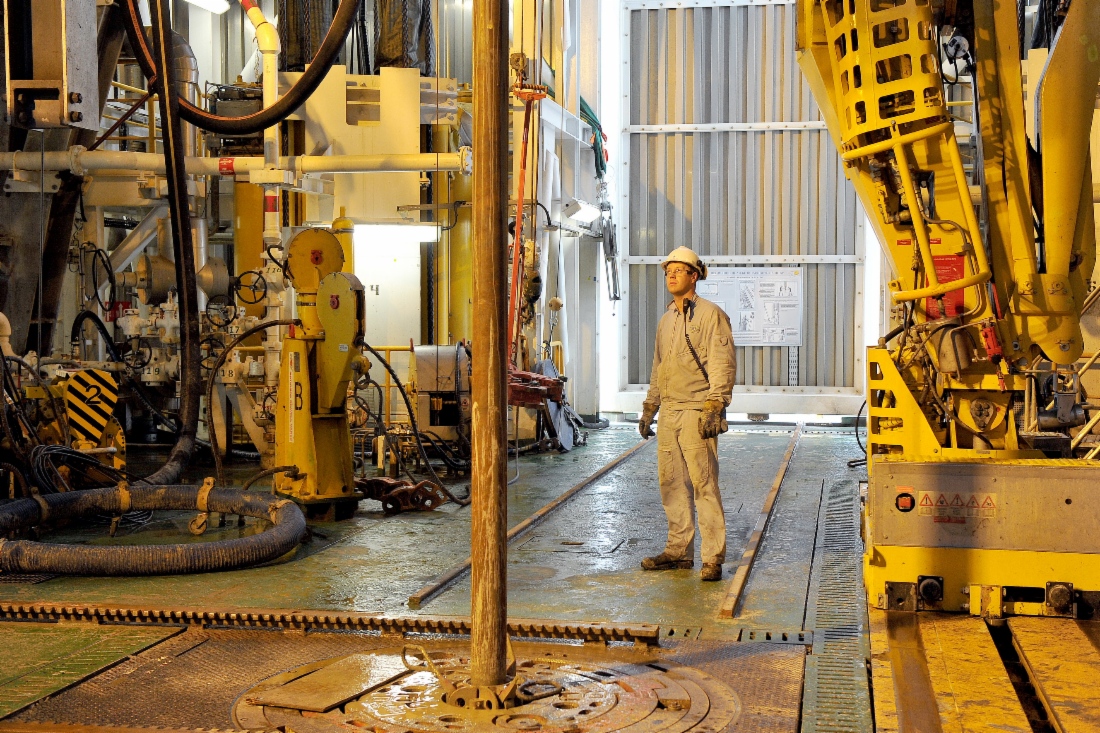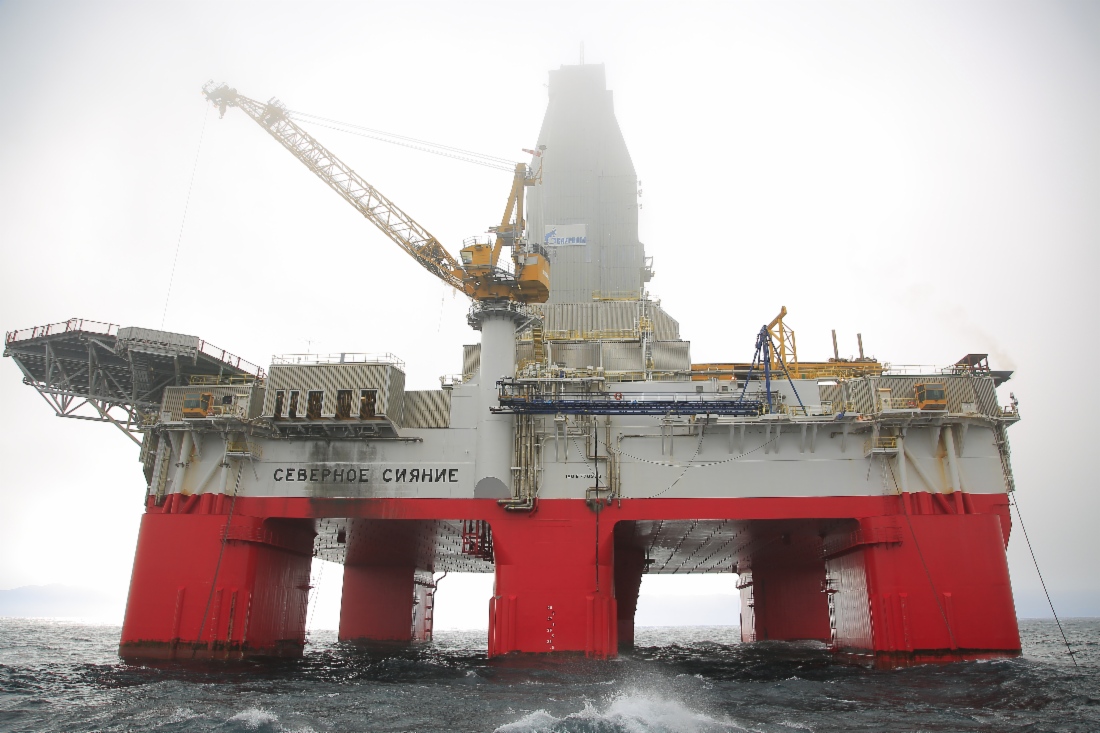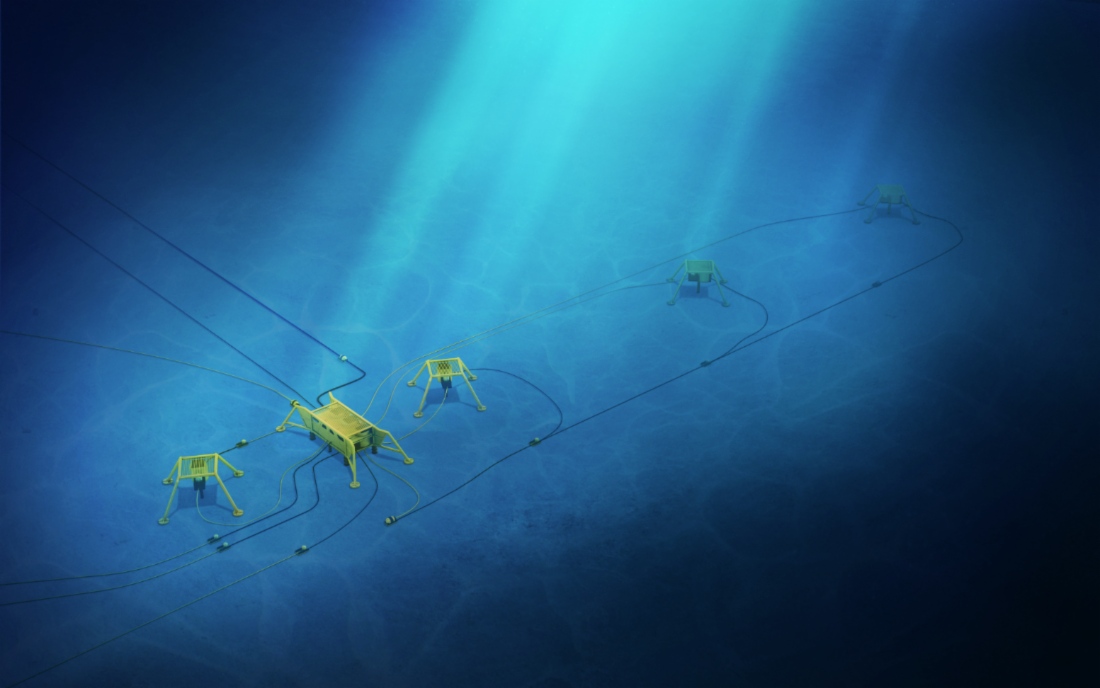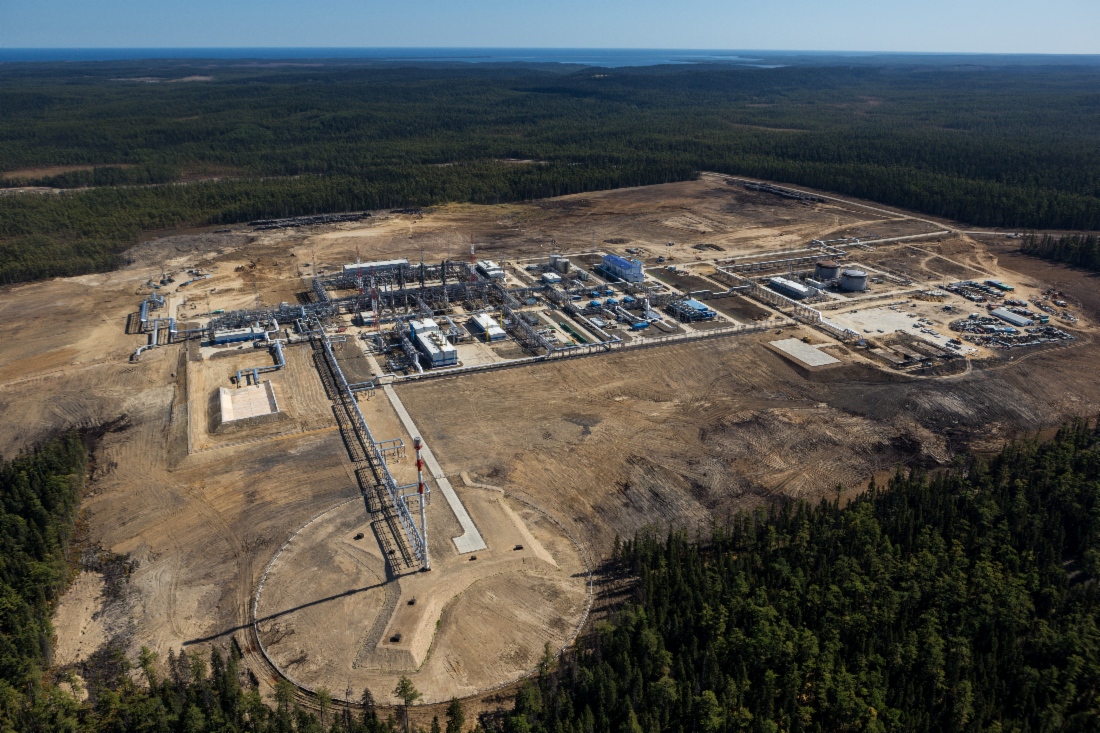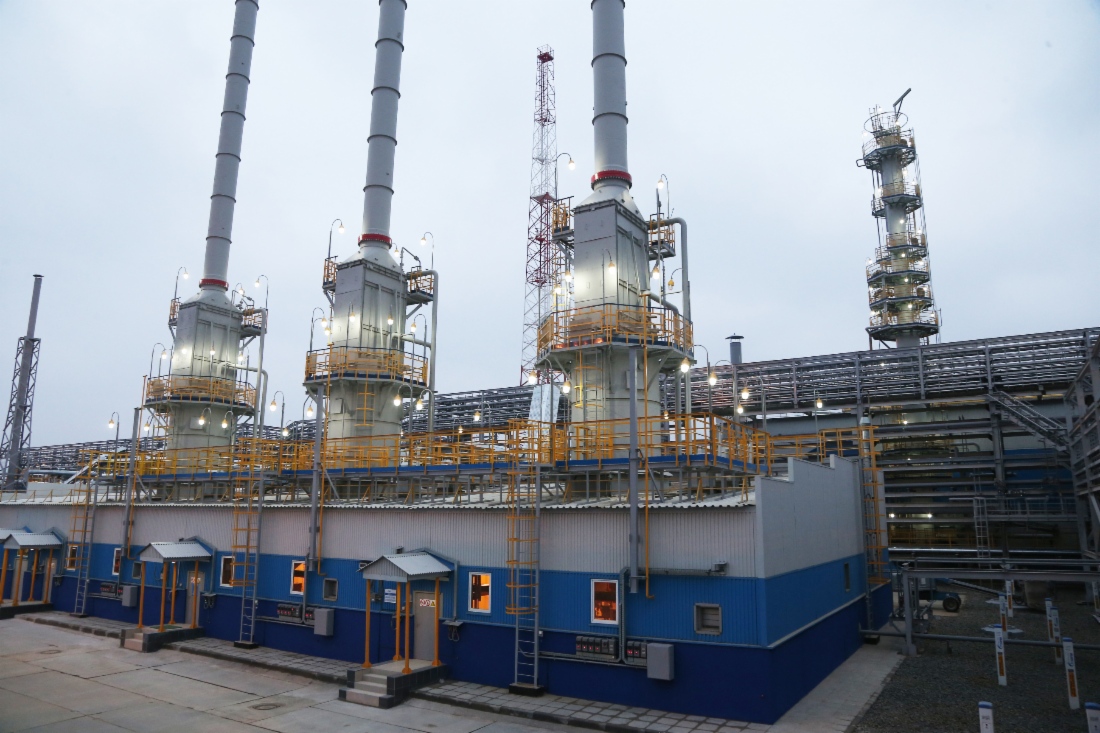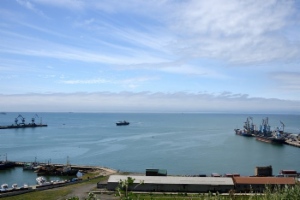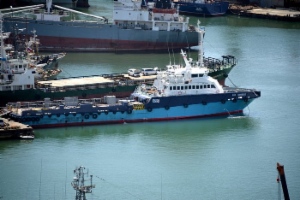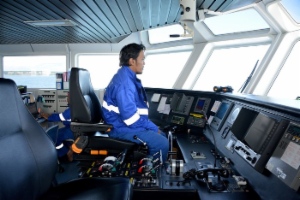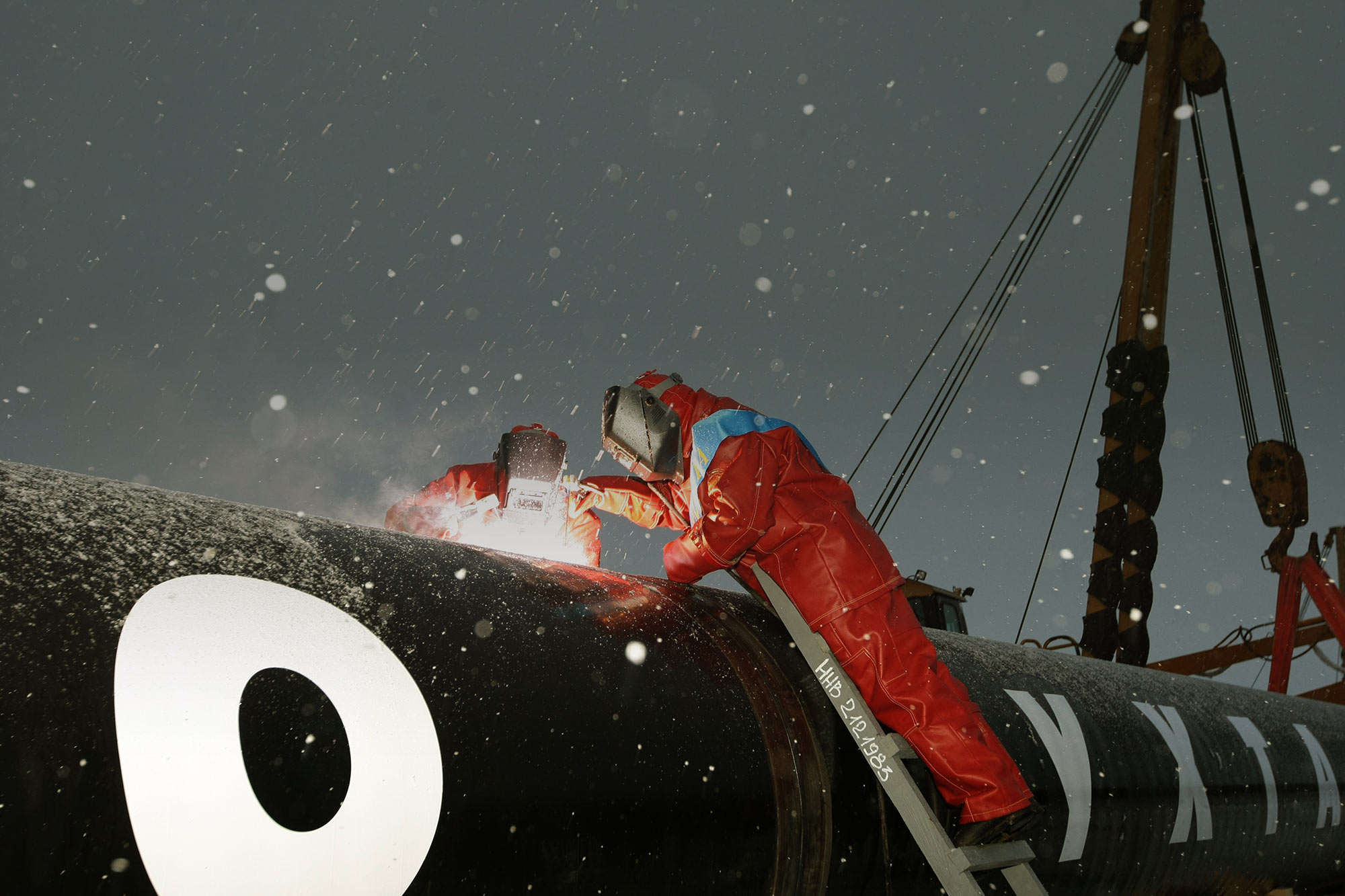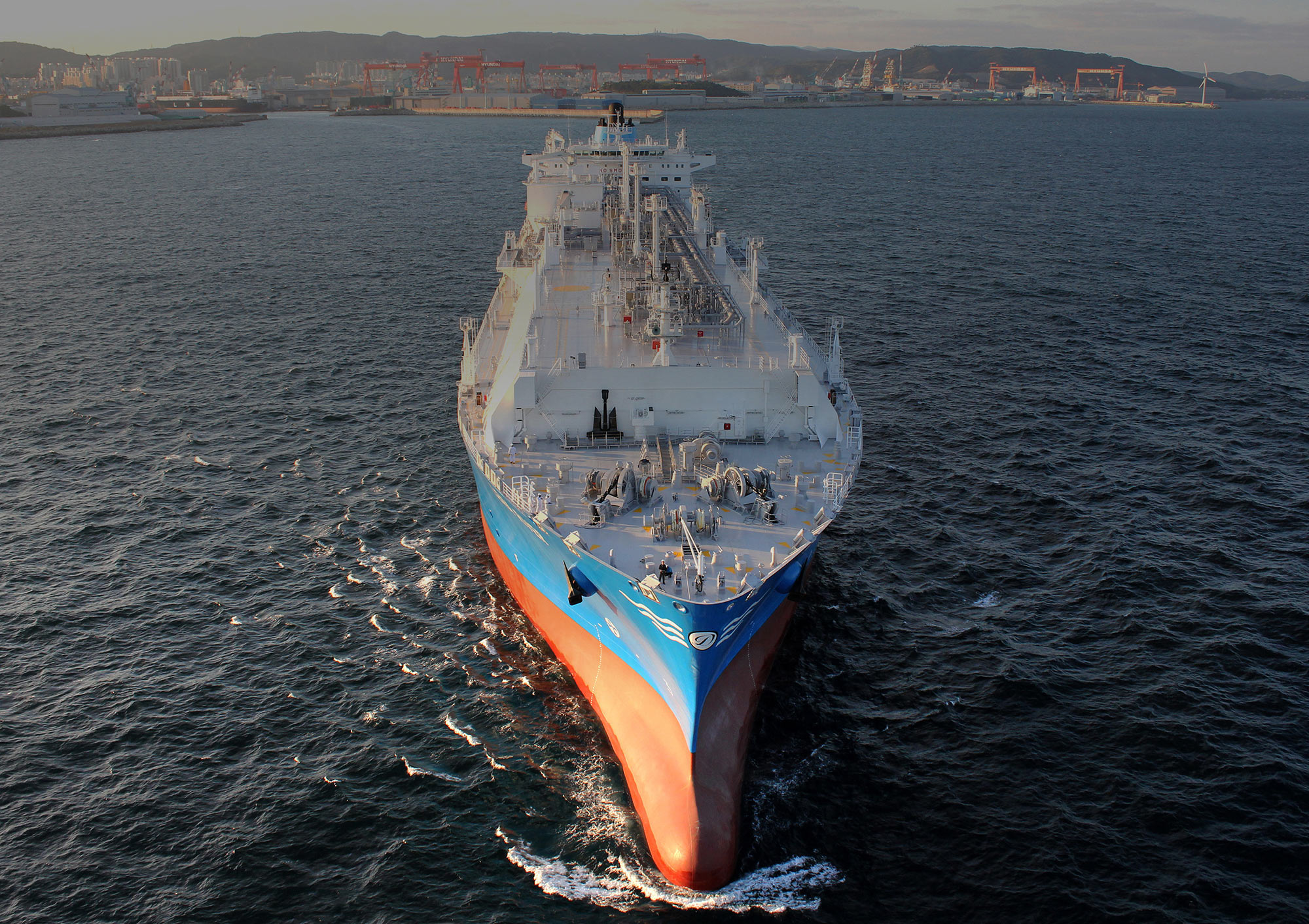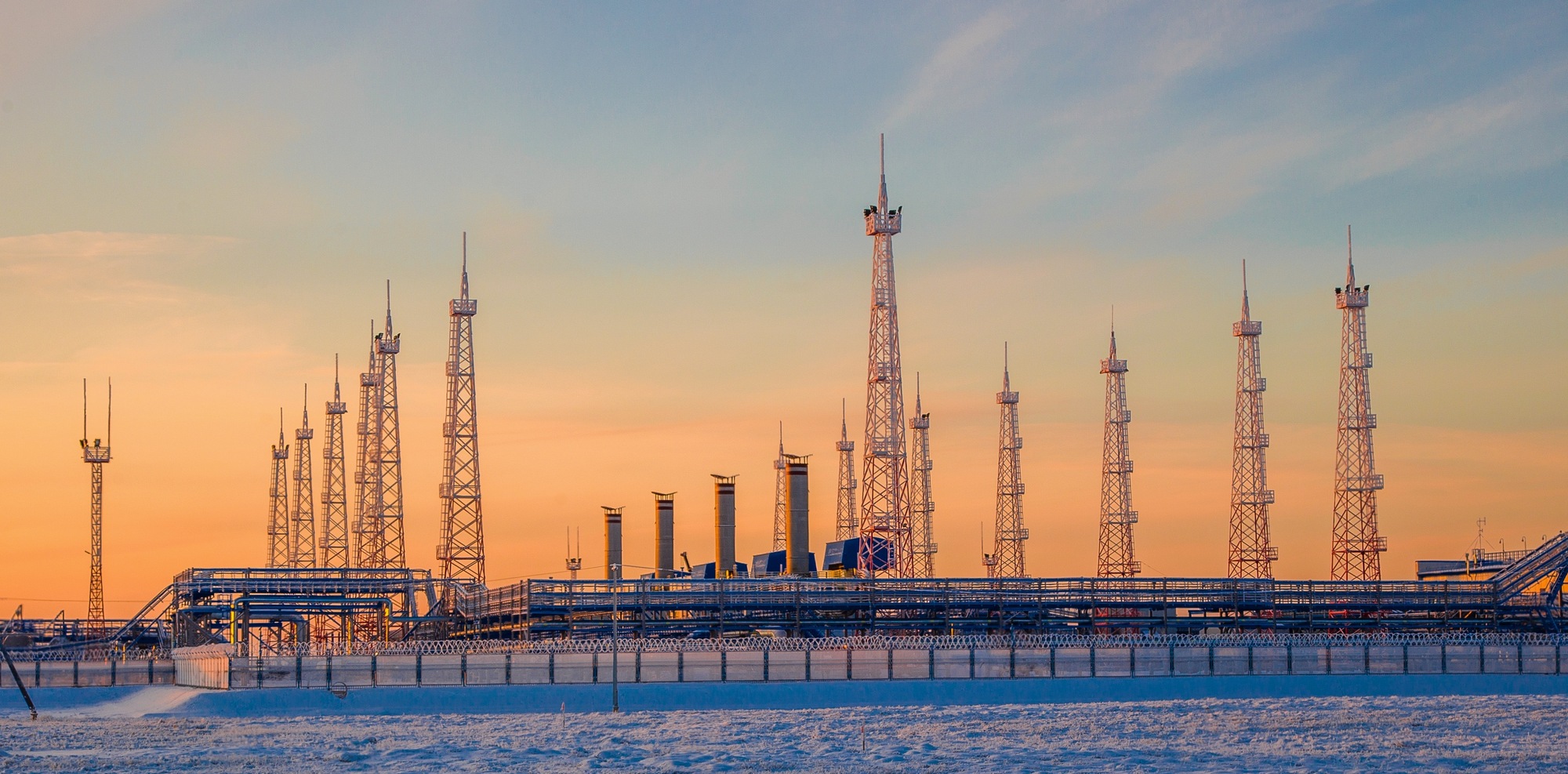The Sakhalin III project is of key importance to the development of the Sakhalin gas production center under the Eastern Gas Program. Gazprom owns licenses for three blocks within the project: Kirinsky, Ayashsky, and Vostochno-Odoptinsky. The Kirinsky block comprises the Kirinskoye field together with the Yuzhno-Kirinskoye, Yuzhno-Lunskoye and Mynginskoye fields discovered by Gazprom. Gas from the Sakhalin III project forms the main resource base for the Sakhalin – Khabarovsk – Vladivostok gas transmission system.
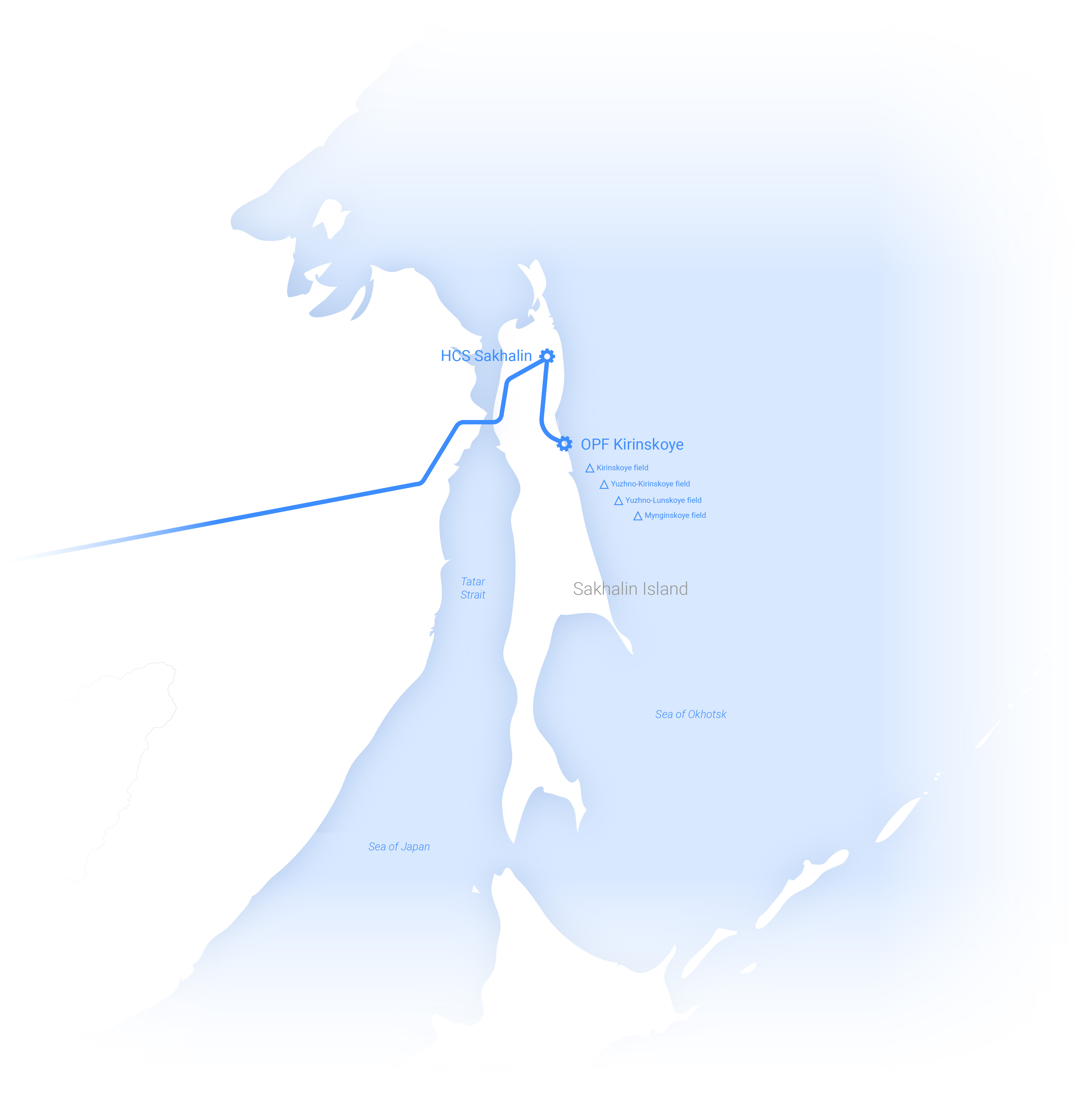
design output of the Kirinskoye field
design output of the Kirinskoye field
Figures and facts
Kirinskoye field
The field was discovered in 1992.
Its initial reserves (C1 category) amount to 162.5 billion cubic meters of gas and 19.1 million tons of gas condensate (recoverable).
Its expected output is 5.5 billion cubic meters of gas per year.
Yuzhno-Kirinskoye field
The field was discovered by Gazprom in 2010.
Its С1+С2 reserves amount to 711.2 billion cubic meters of gas, 111.5 million tons of gas condensate (recoverable), and 4.1 million tons of oil (recoverable).
Its expected output is 21 billion cubic meters of gas per year.
Mynginskoye field
The field was discovered by Gazprom in 2011.
Its С1+С2 reserves amount to 19.9 billion cubic meters of gas and 2.5 million tons of gas condensate (recoverable).
Yuzhno-Lunskoye field
The field was discovered by Gazprom in 2016.
Its С1 reserves amount to 48.9 billion cubic meters of gas and 7.7 million tons of gas condensate (recoverable).
Project implementation
The first gas was extracted from the Kirinskoye field in October 2013, and commercial production started in 2014.
Yuzhno-Kirinskoye is in the process of pre-development, with geological exploration completed within the boundaries of the field.
In September 2016, in the course of geological exploration of the Kirinsky block, a prospecting and appraisal well was drilled in the Yuzhno-Lunskaya structure. As a result, a substantial gas and condensate inflow was reported, signaling the discovery of a new field.
Technologies
For the first time in Russia, a subsea production facility was built to produce hydrocarbons in the harshest climates – even under ice – without building any platforms or other offshore structures.
Gazprom employs advanced and proven technologies to produce hydrocarbons in the harsh climate system of the Sea of Okhotsk (the water area near Sakhalin Island is covered with ice for about seven months per year).
Kirinskoye is the only field on the Russian continental shelf where hydrocarbons are extracted by a subsea production facility without any platforms or offshore structures.
The main feature of the subsea production facility is the manifold installed at the depth of 90 meters. The manifold is composed of several high-pressure pipelines laid on the same platform and connected according to a certain scheme. Hydrocarbons are extracted, collected via the manifold, and delivered to the onshore processing facility (OPF) via an offshore pipeline.
Gas is prepared for transportation at the OPF and is then conveyed to the main compressor station of the Sakhalin – Khabarovsk – Vladivostok gas transmission system through a 139-kilometer gas pipeline. Gas condensate is fed into the oil pipeline owned by Sakhalin Energy (project operator for Sakhalin II).
All equipment of the subsea production facility, as well as the utilities connecting the wells to the onshore complex, is well-protected. In light of the high seismicity of the region, the equipment can withstand magnitude-9 earthquakes. In the future, the OPF will receive gas not only from Kirinskoye, but also from other fields within the Sakhalin III project.
Environment
In order to preserve the unique ecosystem of Sakhalin Island in the course of building and operating hydrocarbon production and transportation facilities, Gazprom closely follows Russian and international environmental standards.
Thanks to its cutting-edge and highly reliable equipment, the subsea production facility’s environmental footprint is minimal. At the onshore processing facility, domestic and industrial sewage undergoes thermal treatment to prevent water pollution in the area. The Company also carries out on-site environmental control and environmental monitoring.
In addition, measures to boost the population of salmonids are conducted on an annual basis. In 2012–2016, over 27 million fingerlings of keta salmon were released into the rivers of the Sakhalin Region with support from Gazprom.

